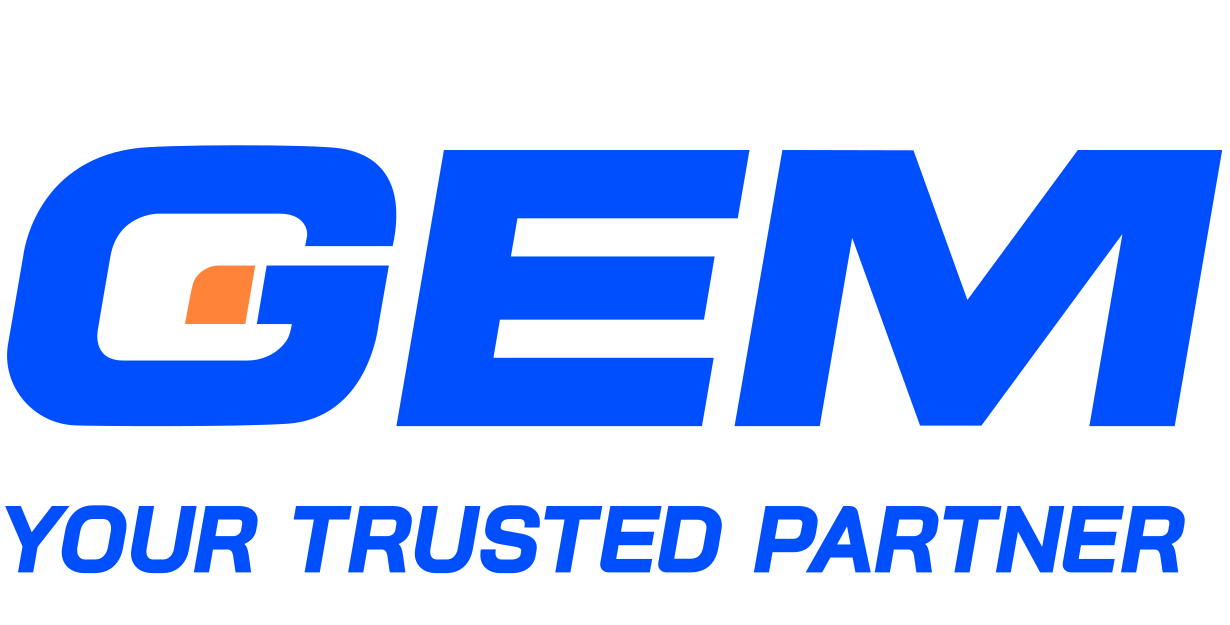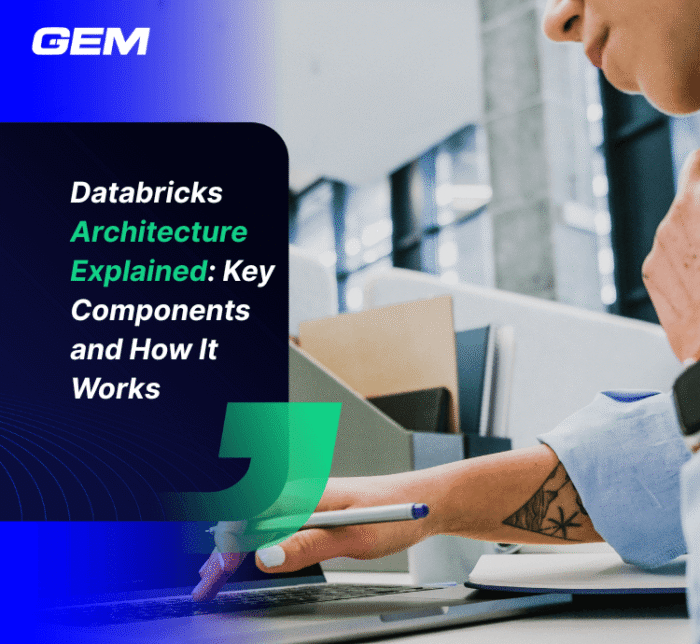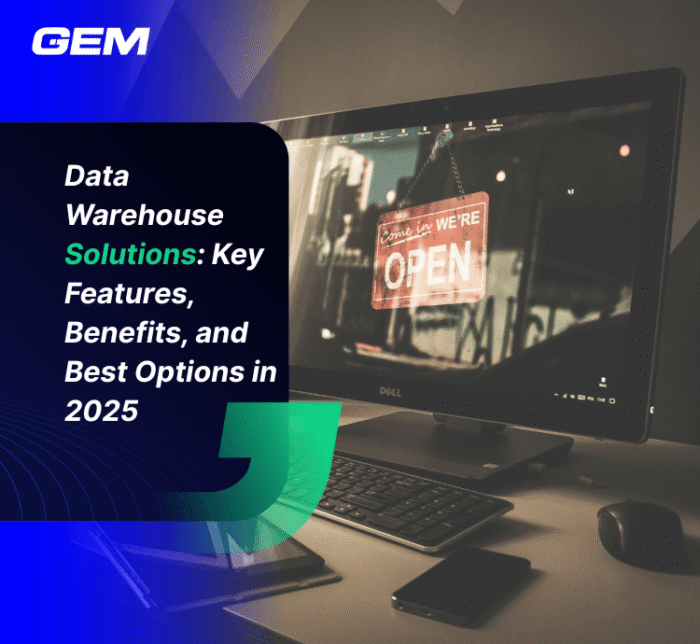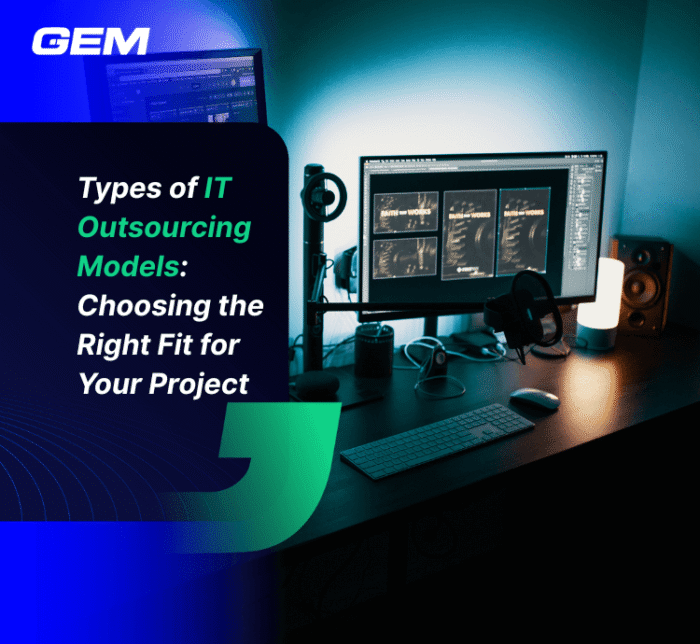Contents
- What’s Driving the Shift: Business Demands for Data Intelligence
- The Future of Databricks: AI, Automation, Data Innovation and More Trends in 2025
- Rethinking the Role of Databricks in the Enterprise Stack
- What This Means for Data Teams
- Staying Competitive with Databricks
- Make your digital transformationseamless and future-ready
- Conclusion
The future of Databricks points to a platform built for intelligent systems, real-time decision pipelines, and cross-functional collaboration. As enterprises push for more automation, governed AI, and open architectures, Databricks is expanding its capabilities across infrastructure, development workflows, and semantic governance. This article explores the major trends shaping its roadmap in 2025, from agentic AI and low-code engineering to Lakehouse federation and GPU-powered model serving.
Let’s break down what these developments mean for data teams, business users, and platform architects.
What’s Driving the Shift: Business Demands for Data Intelligence

The shift toward data intelligence is being shaped by a mix of operational demands and strategic imperatives. Businesses are moving faster, working across more systems, and integrating AI at a deeper level than ever before. These changes are redefining how data platforms are expected to perform.
- Real-time decision systems are no longer optional. By 2025, nearly 30% of all generated data will be real-time. Organizations are redesigning pipelines to support continuous ingestion, analysis, and action, putting pressure on legacy systems that were built for batch processing.
- Agentic AI is scaling from experimentation to production. Nearly half (49%) of technology leaders report that AI is already fully integrated into their core business strategy. This shift demands platforms that can support not just model serving, but autonomous agents, natural language interfaces, and feedback loops at scale.
- Vendor lock-in is limiting flexibility. With 89% of enterprises using a multi-cloud strategy, platforms must interoperate across environments and support open standards. Closed ecosystems are becoming harder to justify, especially when data needs to move across teams, tools, and cloud providers.
- Governance, cost control, and interoperability are now platform-level requirements. Teams need visibility into lineage, usage, and cost across the stack, without adding overhead or friction to development. Traditional architectures, built around isolated data warehouses or siloed analytics, are too rigid to support these needs.
The demand for scalable, open, and AI-ready infrastructure is driving the move toward unified architectures like Databricks.
The Future of Databricks: AI, Automation, Data Innovation and More Trends in 2025
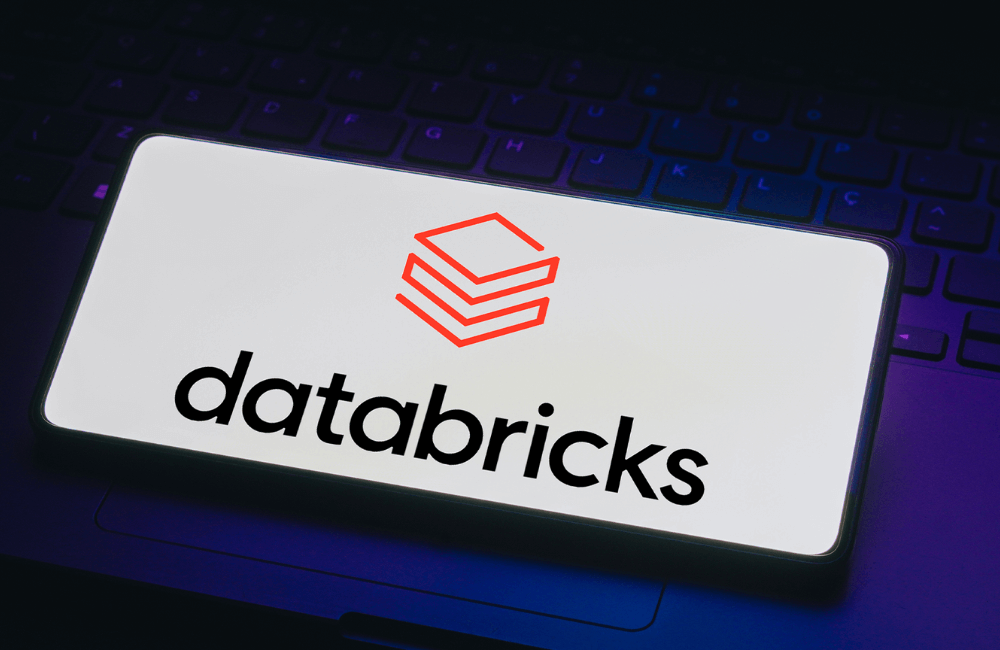
The future of Databricks in 2025 reflects a deliberate shift toward building an intelligent, autonomous, and interoperable platform that supports enterprise-scale data and AI operations. The platform’s evolution is visible across six interconnected areas, each addressing a core challenge facing modern data teams.
Unified Data and Compute Layers
Databricks is consolidating transactional and analytical workloads into a single architectural layer. This change reduces the complexity of maintaining multiple systems and shortens the feedback loop from operations to insight.
- The Lakehouse now functions as a decision platform, not just a storage and analytics environment. Operational data no longer needs to be moved across systems to power analytics or AI.
- Lakebase, a fully managed Postgres-compatible OLTP engine built directly on the Lakehouse, introduces real-time transactional capabilities. This allows teams to run high-volume, low-latency workloads while keeping them accessible for downstream analytics and AI agents.
Openness and Interoperability
Databricks is addressing the need for open ecosystems by expanding support for widely adopted formats and enabling cross-platform querying.
- Full support for Apache Iceberg and Delta Lake under Unity Catalog extends the Lakehouse’s compatibility with industry standards. This makes it easier for enterprises to integrate Databricks into existing architectures without being locked into proprietary formats.
- Lakehouse Federation allows users to query data across multiple open table formats and engines from a single control plane. This helps teams build multi-cloud, multi-tool environments without sacrificing governance or performance.
Semantic Governance and Metrics as Code
Governance is moving up the stack, from datasets to business logic, enabling consistent definitions and trusted metrics across the organization.
- Unity Catalog Metrics introduces centrally defined, governed, and certified business metrics. These can be accessed by BI tools, SQL queries, and AI agents, reducing discrepancies in reporting and aligning teams around a single source of truth.
- Instead of managing governance at the table or column level, Databricks supports metric-level alignment. This shift increases clarity for business users and reduces manual checks for data teams.
GenAI and Autonomous Agents
Databricks is building tools for AI systems that move from passive inference to autonomous decision-making.
- Agent Bricks provides a structured framework for creating and deploying AI agents, including no-code task definition, automated evaluation using LLM-as-a-Judge, and tools for optimizing cost and performance.
- Genie and Genie Deep Research introduce natural language interfaces for analytics. These tools support multi-turn queries, traceable citations, and exploratory workflows, allowing non-technical users to interact with data without writing code or building dashboards.
Scalable and Cost-Efficient AI Infrastructure
To support production-grade GenAI applications, Databricks is removing friction around compute provisioning and model serving.
- Serverless GPU Compute offers on-demand access to high-performance GPUs (A10g and H100), with no infrastructure management required. This lowers the barrier to running large models in production.
- High-throughput Model Serving supports low-latency, scalable deployment of foundation models. This makes it suitable for real-time applications such as personalization engines, fraud detection, and automated assistants.
Automation and Productivity Tools
Automation is being applied across the data lifecycle, targeting ingestion, transformation, migration, and development.
- Lakeflow and Declarative Pipelines enable drag-and-drop ETL, scheduled workflows, and reusable components. These tools are designed for data engineers, analysts, and operations teams who want to move faster without writing extensive code.
- AI Functions in SQL embed generative AI capabilities, such as text parsing and summarization, directly into standard SQL. Combined with co-pilot tools, this reduces development time and increases accessibility for non-specialist users.
- Lakebridge automates the migration of legacy data warehouse and ETL workloads to the Lakehouse. This helps enterprises modernize without rewriting pipelines or increasing operational risk.
Rethinking the Role of Databricks in the Enterprise Stack
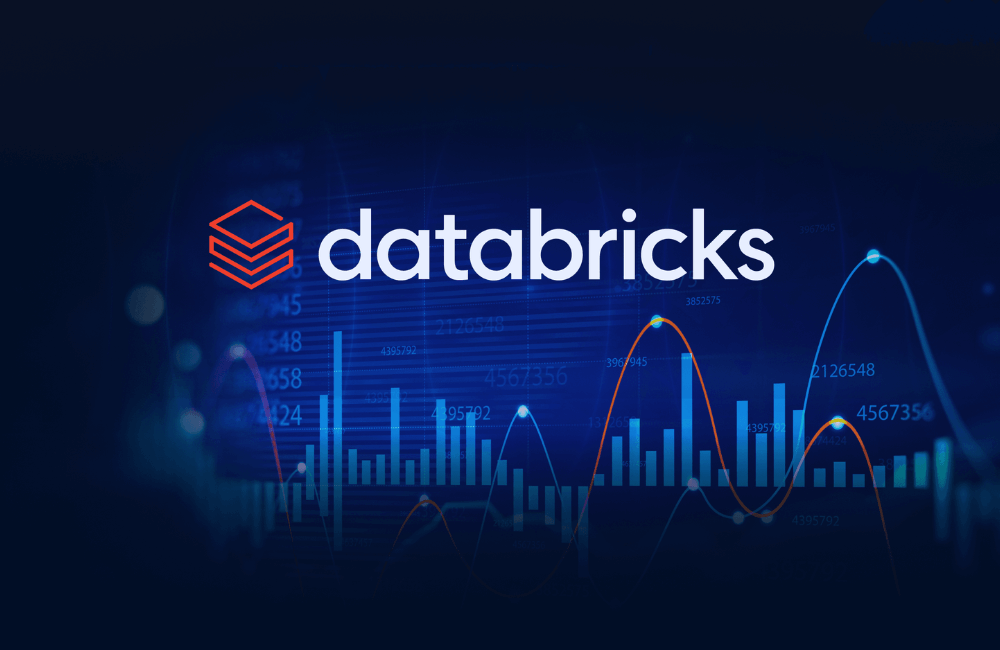
Databricks has moved well past its origin as an analytics platform. In 2025, it functions as a cross-functional operating layer that spans engineering, product, data science, and operations. With the expansion of Databricks AI and Databricks Machine Learning, teams across the enterprise are using the platform to build intelligent applications, automate decision-making, and govern data pipelines from end to end.
This shift is supported by platform-native capabilities that meet modern enterprise requirements without additional tooling. Built-in support for CI/CD, identity and access management, and usage tracking enables teams to manage workflows with greater transparency and control. These features are tightly integrated into the Databricks environment, reducing dependencies on external DevOps infrastructure.
Databricks also aligns with multi-cloud and hybrid strategies. Its architecture supports deployment across AWS, Azure, and GCP, with growing capabilities for Lakehouse Federation and open table formats. This makes it a viable layer for organizations operating across multiple cloud providers or transitioning from legacy systems.
The result is a platform that supports not only data workloads but also ML development, real-time inference, and agent-based architectures, centralizing operations that were previously fragmented across tools and teams.
What This Means for Data Teams

For data teams, this architectural evolution translates into stronger alignment with business goals and less overhead spent on managing fragmented systems.
- Data engineers shift focus from infrastructure to outcomes. With declarative pipelines, Lakeflow, and automated governance, they spend more time building value-generating workflows and less time on manual integration and pipeline maintenance.
- Analysts gain direct access to certified metrics and AI through natural language. Tools like Genie and Unity Catalog Metrics bring clarity and speed to reporting, enabling faster insights with less dependency on technical teams.
- ML engineers deploy production-grade agents with observability built in. Agent Bricks and Model Serving provide the infrastructure to manage the full lifecycle, from development to optimization and monitoring, without building from scratch.
- Platform teams operate with greater visibility and control. Native support for usage tracking, cost reporting, and identity management gives them the tools to manage scale and enforce governance across departments.
As responsibilities shift and tools consolidate, Databricks serves as a shared foundation, supporting agile development, real-time analytics, and AI-driven products across the enterprise.
Staying Competitive with Databricks
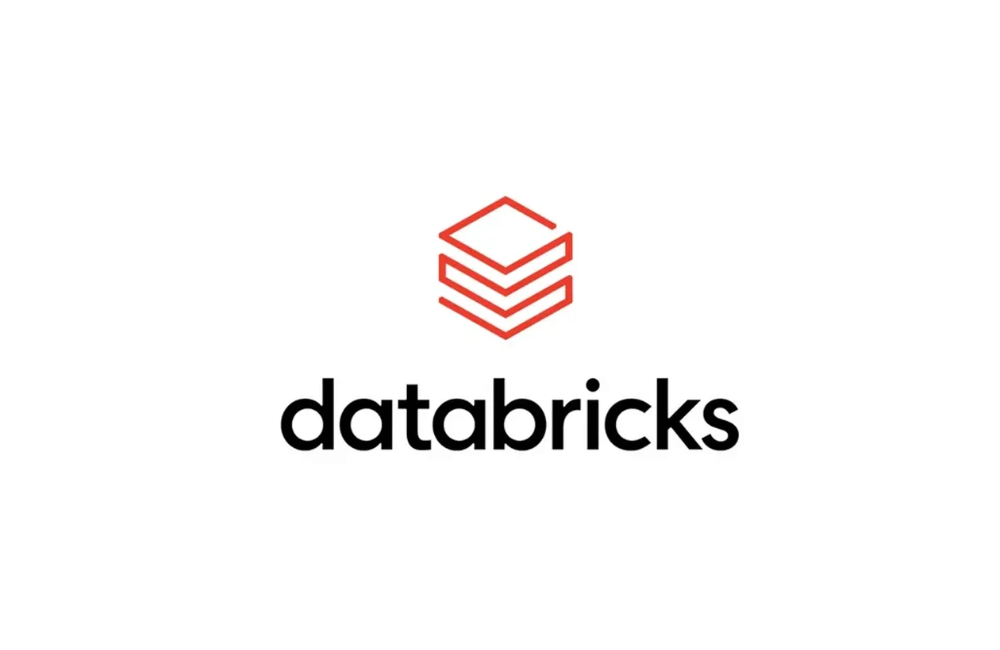
To stay competitive with Databricks, organizations need a strategy for execution. Real impact comes from aligning Databricks’ capabilities with business priorities, building scalable data infrastructure, and operationalizing AI across teams. This includes modernizing legacy systems, adopting open data formats, and deploying governed, production-ready AI agents.
GEM Corporation works with enterprises to translate Databricks’ platform potential into tangible outcomes. Our services cover data platform transformation, cloud-native development, and data engineering, with a focus on building scalable pipelines, automating workflows, and enabling multi-cloud interoperability. From implementing Unity Catalog governance to deploying Lakehouse architectures with real-time analytics, we help clients close the gap between vision and delivery.
With deep expertise in Databricks and adjacent technologies, GEM supports organizations in building decision-ready platforms that are open, resilient, and ready to scale, making data and AI work across functions, not just within silos.
Make your digital transformation
seamless and future-ready
Accelerate your business growth with zero-disruption modernization services. Maximize the value of your current infrastructure, streamline processes, and cut expenses.
Conclusion
The future of Databricks is taking shape around a clear architectural direction: autonomy in operations, openness across ecosystems, and scalability at the enterprise level. With a unified data layer, agent-ready infrastructure, and automation-first tools, the Databricks platform in 2025 is positioned not just as a data solution, but as the operational backbone for AI-driven organizations.
GEM Corporation – A Databricks partner works with forward-looking teams to turn Databricks into a competitive advantage. If you’re planning your next move, get in touch with us to explore how we can help you implement, scale, and operationalize the Databricks platform for real-world impact.
